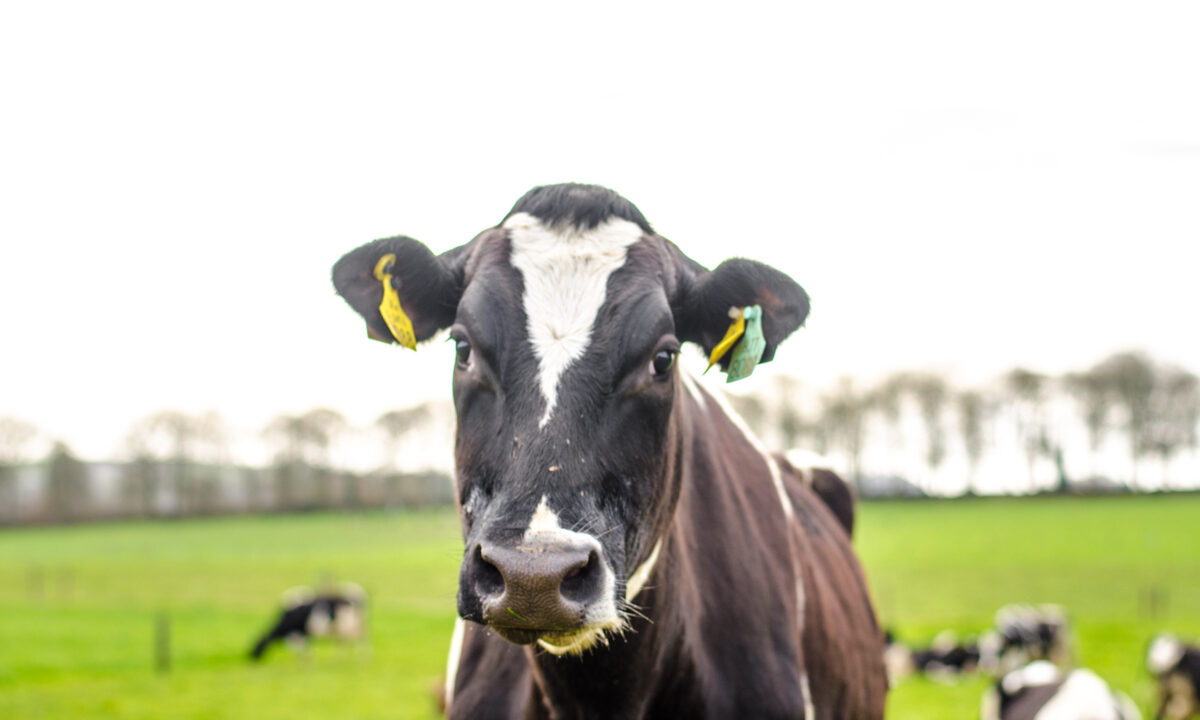Of the dairy farm soil samples analysed by Teagasc in 2017, just 15% had optimal soil fertility levels as indicated by soil pH, phosphorous (P) and potassium (K), delegates were told at the Soil Fertility Conference earlier this week.
Across all grassland farms, it was outlined, soil test results indicated that 88% of grassland fields have sub-optimal soil fertility. In addition, approximately 47% of soil samples from grassland farms still have below target soil pH, indicating that lime applications are required.
It was also noted that only 33% of dairy farms are applying lime on a regular basis, which indicates that more emphasis on lime application is needed to reduce soil acidity.
Speaking at the event, Dr. David Wall – leader of the Teagasc Soil Fertility Research programme at Johnstown Castle – said: “Understanding the basic principles or fertiliser management is critical for a sustainable farming business.
Fertiliser inputs represent a significant cost, but are necessary for driving high grass, milk and meat outputs.
“Getting the basics correct by applying lime, maximising slurry and manure nutrient resources and selecting the right fertiliser product, and applying it at the right rate and right time, will go a long way to improving production, profitability and sustainability on grassland farms.”
Wall noted that implementing the correct fertiliser programme in spring to deliver the nutrients required is critical for early grass growth and turnout. It also sets the farm up for the growing season ahead.
He also outlined that low soil fertility (soil P or K at index 1 or 2) equates to reductions in grass growth potential in excess of 3t/ha/year, which is worth almost €540/ha/year on a dairy farm or €315/ha/year on a drystock farm.
